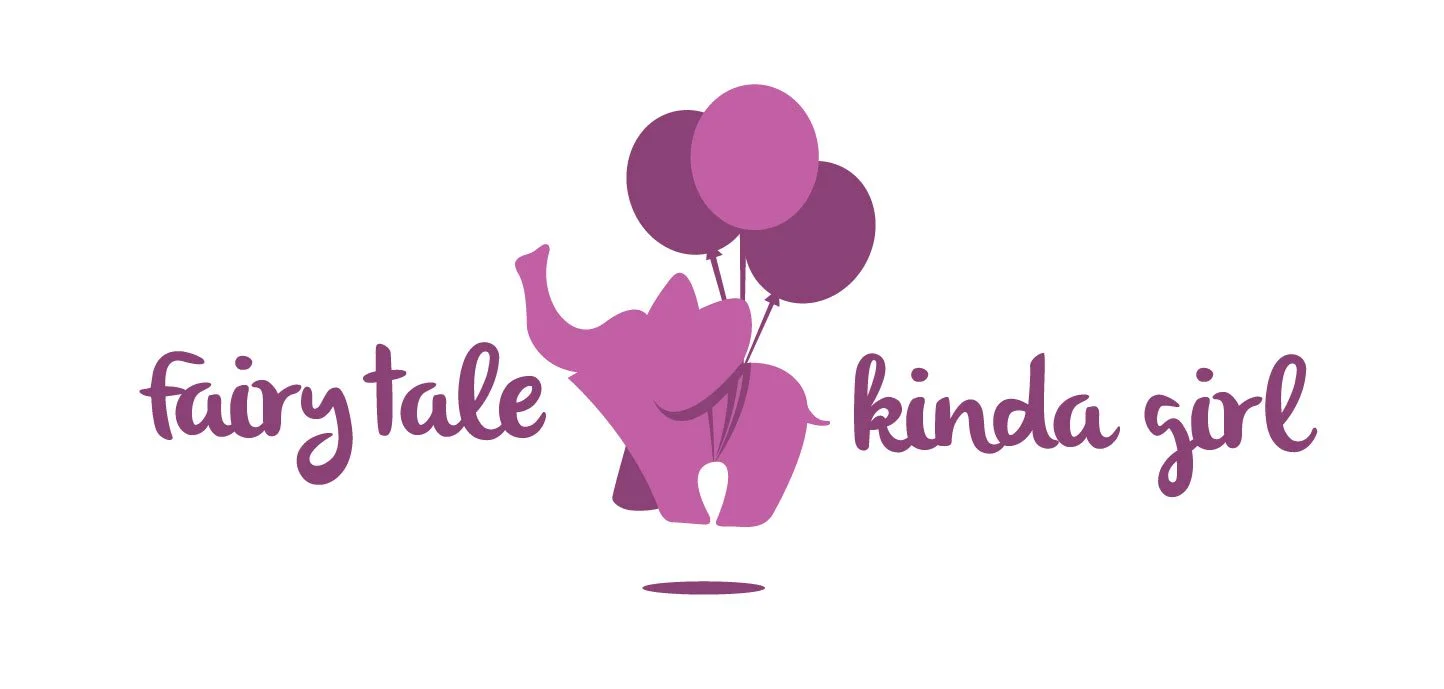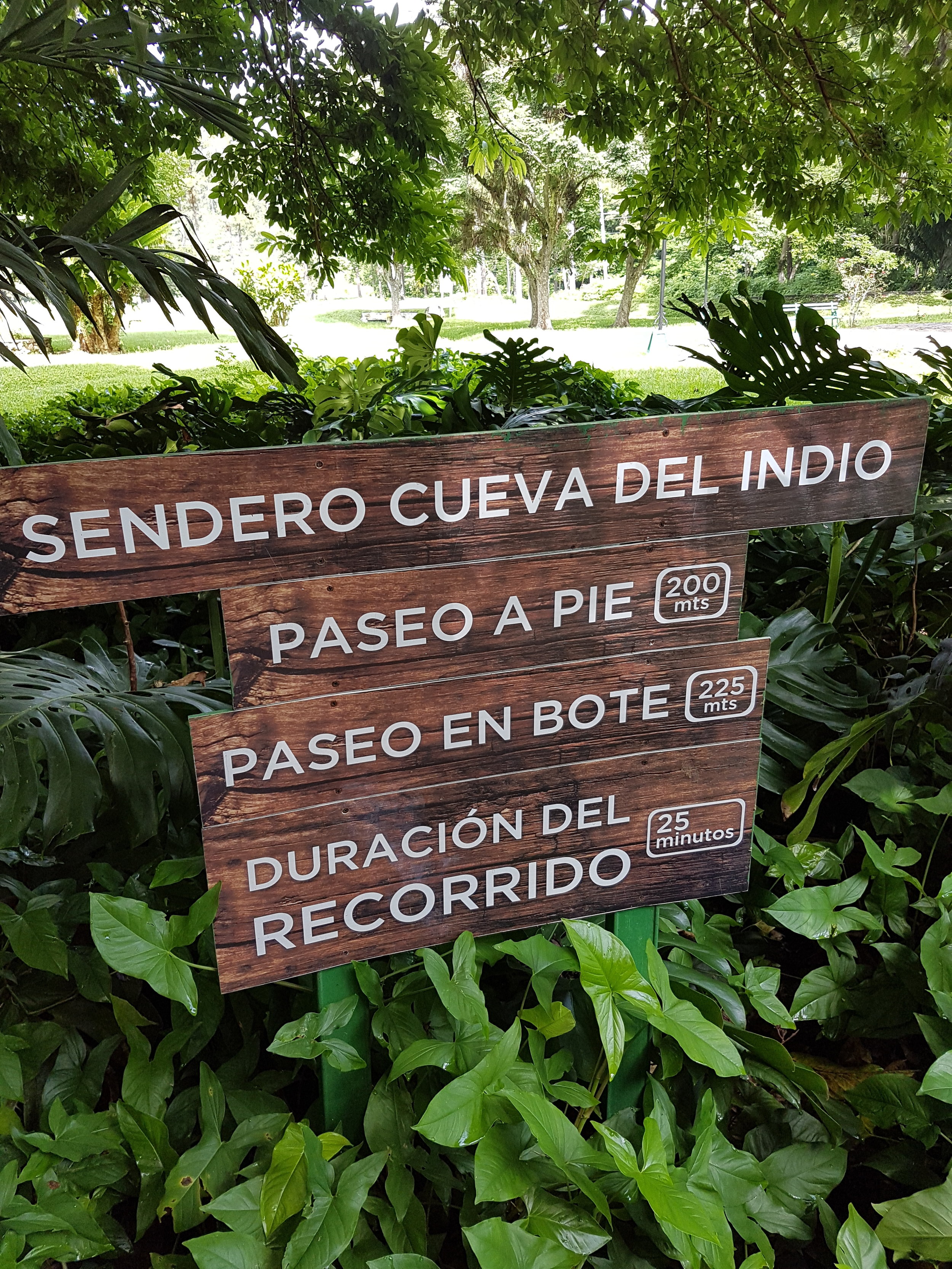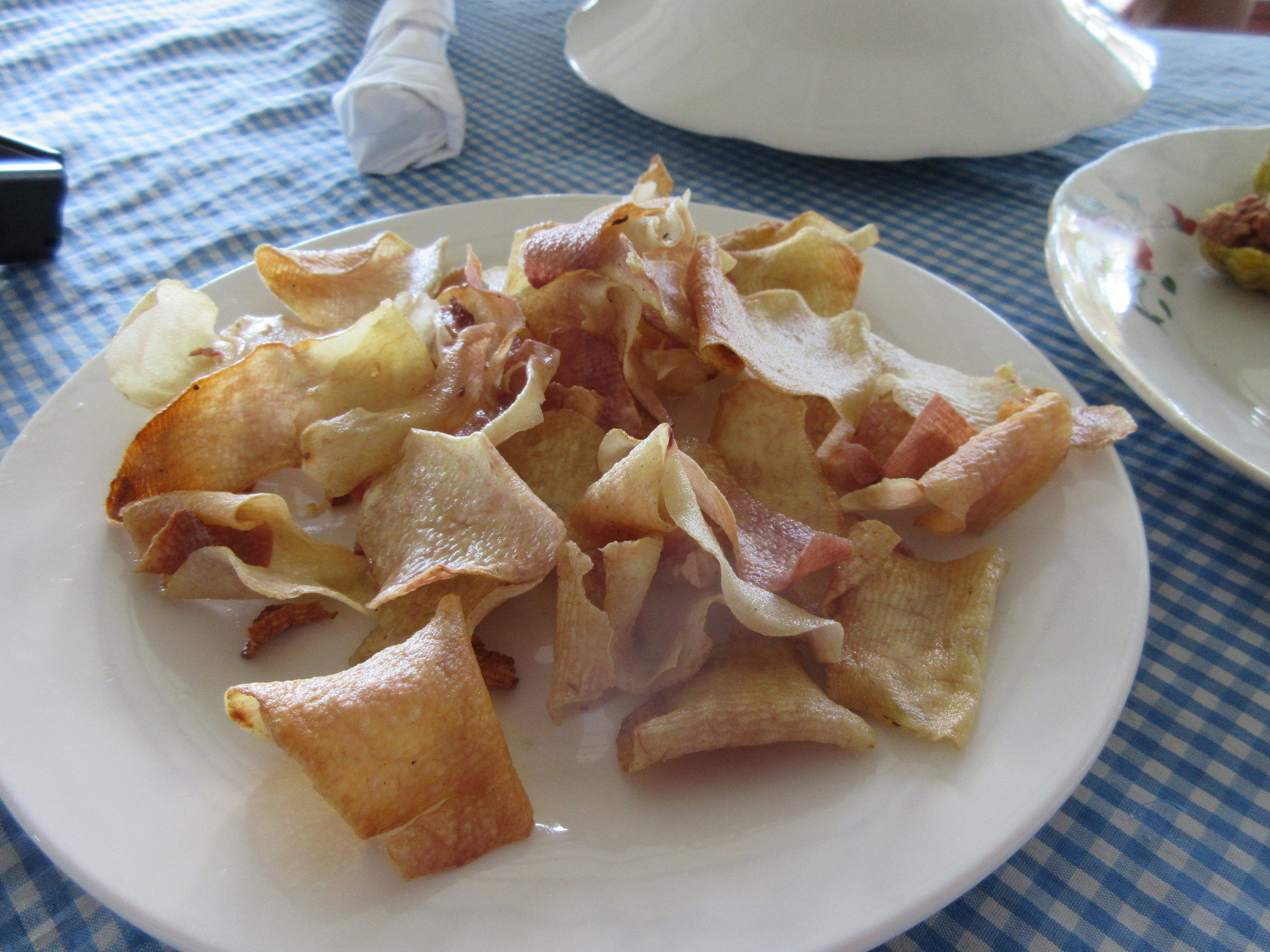A Day in Viñales
Viñales is located to the west of Havana, and is a three hour ride (taxi/bus) from Cuba's capital. While a lot of people stick to Havana, or Trinidad on their Cuba travels, Viñales is worth visiting, being most well known for its tobacco plantations, and what's a visit to Cuba without getting up close and personal with its most famous commodity? While I really don't like smoking (cigarettes, cigars, anything else), I mentally prepared to make an exception for this experience because I believe in fully immersing myself in the culture, and what really makes a place unique, and one smoke ain't gonna hurt nobody. The best of Viñales can be visited in an easy day trip from Havana, and there are various customised tours based on what experiences you want. This rural town was one that I made sure to include on my itinerary, and the tour I took was the Discovery Viñales tour from Discover Vinales Tour Company. I've included the link below. It's not sponsored in any way. It's just the company I used, and it was an affordable, and enjoyable experience, so I'd recommend them.
I simply contacted the tour company via the website, and let them know which tour I wanted, on which day for two persons and they sent me the details. The tour included transportation from and to Havana (CUC 150 for up to three persons), and CUC 40 per person for the excursion plus lunch. The cost without lunch was CUC 30. Transportation cost in Cuba is per the taxi load, so the more persons you have to share that cost, which is the major cost, the more economical the experience. What really impressed me (and scared me because I wasn't sure it would happen) was the fact that there was no downpayment. They simply confirmed the price and that payment would need to be made to the guide upon being picked up. We supplied our Airbnb address, and the contact number, and we just hoped that it would happen. We were relieved when our casa hosts informed us the day before that the company had called to confirm that they would be picking us up at 7.30am on the agreed date. I did get a confirmation email noting that they would be putting out the resources without any downpayment, so please think carefully before cancelling, but the fact remains they did this fully on trust, and it speaks to the Cuban culture. They are heavily reliant on tourism, and due to lack of internet resources, etc., unless it's a much bigger tour company, they would not have the ability for customers to pay via credit cards online.
Fun Fact: Viñales Valley was named a Unesco World Heritage Site in 1999.
So, now to the tour. We were picked up at 7.30am, and although our taxi driver did not speak much English, we were greeted in Viñales by our guide, Francisco, who spoke English. It is an exercise in trust and an adventure to be in a car for hours mile after mile with a strange person, not speaking the language. But..hey...adventure! I've included the activities as they occurred during the day, and they're not ranked in any order of preference. Our tour once we arrived in Viñales was as follows:
Cueva del Indio: Cave of the Indian
Outside the caves is a display showing some Amerindian artifacts, and an Amerindian with his agouti. Now, I just wanted a picture with this guy in this loin cloth that was questionably covering his unmentionables. I got an agouti show I did not count on. Look out for the video on my instagram account. It's hilarious. Now, I'm familiar (loosely using this term) with this animal from my childhood, as my relatives who I used to spend vacation time with in Biche, Trinidad had a pet agouti. Yes...you read that right. Having that background, my agouti encounter in Cuba outside of the Indian Caves was more hands-on than I'd ever experienced or dreamed of experiencing. I'm really proud of myself for not freaking the f out, because I tend to get really creeped out at strange things (people and animals) being too close to me, far less running up and down my person. Looking back though, I wouldn't change it, because it made the trip so memorable, and I didn't get any diseases, so win win. I was even able to communicate with the guy somehow through his broken English, my broken Spanish, and a whole lot of gesticulating. I told him that we had these in Trinidad as well, and he asked if we eat them as well, which we do. Agouti is one of those animals considered 'wild meat' in Trinidad, and a delicacy if that's your fancy, and it's official hunting season.
We visited the Indian Cave first, as it is even busier in the evenings. As for the actual cave experience, you walk into a narrow cave, and while it's interesting to see the stalactites and stalagmites, which often form various shapes, which sometimes do look like things we recognise (alligators, apes, etc.,) I found the experience underwhelming. I'm not sure what I expected, but I guess I expected more. I've been to Harrison's Cave in Barbados and it was similar (in that it was a cave) but that experience was much longer, so you felt like you had an experience. Most of the time was spent in the cave waiting to board the boats to go through the underground river. These boats come by every twenty minutes, so the wait is never very long, but the boat ride itself was probably less than ten minutes, so it was over before I was able to really get into the experience. But..even though it wasn't as much as I expected, I'd still recommend it as worth a visit.
Visit to the Despalillo:
Despalillo is translated from spanish to mean removing, or de-veining or de-stemming. It is the stage between the farmer and the cigar factory where the tobacco leaves are fermented and selected only by women. Men are not forbidden from doing this job, but as it's associated with only women, men tend to stay away from it as it can seem a slight on their manhood to be doing the woman's work. We received a tour and explanation of the process as follows. The workers receive the tobacco leaves in big packages made from the royal palm leaf. The packages are opened and water is added, as without the water it is too dry to work with the leaves. When the leaves have absorbed the water, they are moved to storage where the fermentation process starts. The women classify the leaves based on size and quality. The centre veins that are removed go back to the soil as manure, or for use by the government in the cosmetic industry. The worst leaves are removed and would only be used for cigarettes, or for use in pipes. The basic salary of the workers is 380 Cuban pesos per month. They are required to produce a certain amount (6 Kilos) for this salary. Any excess produced will be paid for in CUC. In Cuba, there are two currencies, the local Cuban Peso, and the 'tourist' currency, the CUC. There is also a quality control officer who checks the work done by each person, and logs it, so they can be paid accordingly at the end of the month. The next stage is where the leaves are stored and the temperature monitored so it doesn't cross 45 degrees celsius. In the factory, there is a person who reads to the workers (books, newspapers) at different intervals. They also listen to music as a way of motivating the workers. This is the end of the women only part of the process.
Every space in Cuba is filled with patriotism.
After this stage, the leaves are placed in small piles and hot air pumped on them at 70 degrees celsius. It takes six to eight hours to get the humidity out of the leaves. The packages are then made in the press, labelled according to the area they come from, their weight, and the date. The packages are moved to special areas by the government to age. They are then left to age for several weeks to several years (up to five years), after which they are then ready to be made into cigars. Only men work in this department, as the equipment and inventory is very heavy. An interesting point to note is that one cigar from the government lasts between 7-15 years due to the chemicals in the production. The cigars from the farmers is fully organic so only lasts up to two years. The organic cigar is also noticeably less bitter. From my minimal smoking of the organic cigar at the farm, I can attest to this being true, although I've never smoked a 'government' cigar to have a true comparison.
*Disclaimer - This was my understanding of the process as explained by our tour guide. I could have missed parts, or not explained it properly. This isn't a recipe for you to go make your own Cuban cigars.
Visit with a Cuban Farmer (Cigar Rolling):
We had our demonstration by the cutest 76 year old farmer who noted that he has been smoking ten cigars a day for as long as he can remember. He explained the process while he performed it. Our guide translated of course. He explained that the main vein is first removed from the tobacco leaves, and the leaves are put together and mixed with filler (other tobacco parts) and then rolled. He massages them to get the desired shape. He said he always compares his cigars to women, and just like women, the more they are massaged, the happier they'll be. I mean..that's pretty sound logic. Then the cigar is rolled inside a piece of paper, and left for 24 hrs so that the paper can absorb the humidity, and allow the cigar to maintain its shape. After 24 hours, the paper is removed, and the cigar is dressed in an elastic leaf. It is then placed in royal palm leaves (in sets as pictured below). This acts as a natural humidifier, as well as a way for it to be recognised as organic cigars when travelling. It can then be placed in a plastic bag, and will be good for up to two years. This experience was so memorable because it was just completely authentic. Also, I just got the best good vibes from this farmer, and I think it shines through in the pictures of him below.
Finca Agroecologica El Paraiso:
Lunch was at this restaurant, that is nothing short of picturesque. The views were amazing, as you were able to see the landscape of the valley (called Valle de Silencio) from your table, and truly appreciate the beauty. The lunch was one of my best, if not the best on my trip. Most of what they serve is grown on the farm itself, so it's fresh produce, prepared in a simple yet delicious way. I'm a soup lover, and the soup we were served was a simple vegetable soup, yet it was so appetizing, I would have been happy to have that alone. But...there were many other courses to go with the soup. It was served buffet, family style, so all the options were brought and everyone just took out what they wished. They was more than enough. The other sides included chicken, pork, vegetables, chips, potatoes, avocado (Cuban avocado is just as good), and so on. It was a hearty spread. We also had the specialty drink, called Anti-Stress. It's made with peppermint, lemongrass, mint, anise, cinnamon, honey and Vitamin R (your preferred amount of Havana rum), and magic. It's epic.
El Jardin de Caridad:
This was a botanical garden that was part of the tour. Truthfully, it's more of a house with a large backyard with fruit and vegetable trees and plants. This was quite underwhelming to me, and a part of the tour I didn't need. However, the guide, Javier was very funny and engaging so at least it was not a dull experience. Maybe, if you're not from the tropics and unaccustomed to the flora and fauna, it would be a worthwhile visit. But, as noted before, tourism is very important, and Cubans tend to help each other out, so including this stop on the tours is a good way to get exposure for their gardens, and some income as well.
Mural de la Prehistoria:
This painting shows the evolution of man from early organisms (mollusks, sea creatures), through the jurassic age of dinosaurs to that of man in the classic form we know today. It was done by Leovigildo González Morillo, a former Director at the Cuban Academy of Sciences. Eighteen farmers worked on the project. The painter guided the farmers, and the farmers used ropes, chairs and umbrellas to achieve this look. It's 80metres in height and 120 metres in height, making it one of the largest of its kind in the world. It was started in 1960 and was not finished until 1964, as it was a long process to first get the rocks cleaned and then have them painted as desired. Interestingly enough, it is said that the painter never touched the paint. He just directed the work of the farmers. An exercise was recently undertaken to restore the colours of the paintings, and prevent the erosion of the surrounding rocks. However, the necessity of the painting has been a source of debate as it used considerable resources for the creation, and requires more for the upkeep. Some view it as a waste and eyesore, while others are impressed and view it as a work of art. It doesn't matter which view you subscribe to, as this mural has become a landmark of the Valley, and is a top rated tourist attraction.
Mirador Los Jazmines:
We ended our tour by a stop at this lookout. Like the view at El Paraiso, it allows you to take in the entire valley and is simply breath-taking. There's also a bar on the compound with live music. All over Cuba you would come across persons dressed as statues, and mimicking statues. They would be so realistic that you would not be able to tell, as both are common. The below was one guy who was at the lookout. Also, there's a big hotel that can be seen from the lookout, Horizontes Los Jazmines, which is classed as a budget hotel, so if you want a bit more luxury than a casa particulares for this leg of your trip, book a room and wake up to some enviable views. This was a great place to end our tour of Viñales as it was not at all touristy, and it allowed you to just stop and soak in the memories of the day, and create a final lasting moment gazing out over the vast expanse of undulating greenery.
So..yeah..this is a real person.
Our tour guide told us that up to seven years ago, people were mandated to work eight hours a day at jobs they may not have liked, but now they are able to have their own private businesses. Most people now rent rooms in casa particulares, or have restuarants, or give tours, or do something else they enjoy. He noted that the people now have a greater sense of freedom, as they now have a say over their choice of livelihood. Driving through Viñales is like driving through an untouched part of civilisation in some ways, but there's signs of development. The government is currently building a hotel in the centre of the town, and that will surely increase the activity in the community. Times are changing, and I'm glad I got to experience it as it is right now before it becomes too Westernised.
I hope you enjoyed my Viñales experience. It is always good to note that the above is what I chose to do, given my travel goals, time and budget constraints. This is a good guide, but there will always be more and/or different things to explore given each person's preferences and individual circumstances. There are casa particulares (air bnbs) and even a couple hotels available in Viñales, and there are also popular horse riding tours through plantations, tours to neighbouring beaches, and so on. It really depends on the traveler. So, do your research, figure out what you'd like to happen on your trip, and have your own customised adventure.
Of course there are classic cars here..so you can even book a tour of the countryside in one of these...Just imagine the photo ops!
Have you ever smoked an authentic Cuban cigar, or any other cigar? Let me know in the comments below.
Be sure to subscribe to the blog for updates on new posts, new blog happenings, etc.
Also, follow me on instagram (@sashamoons) for additional pictures and experiences not documented here.
Light and love always,
Sash
#fairytalekindagirl














































































